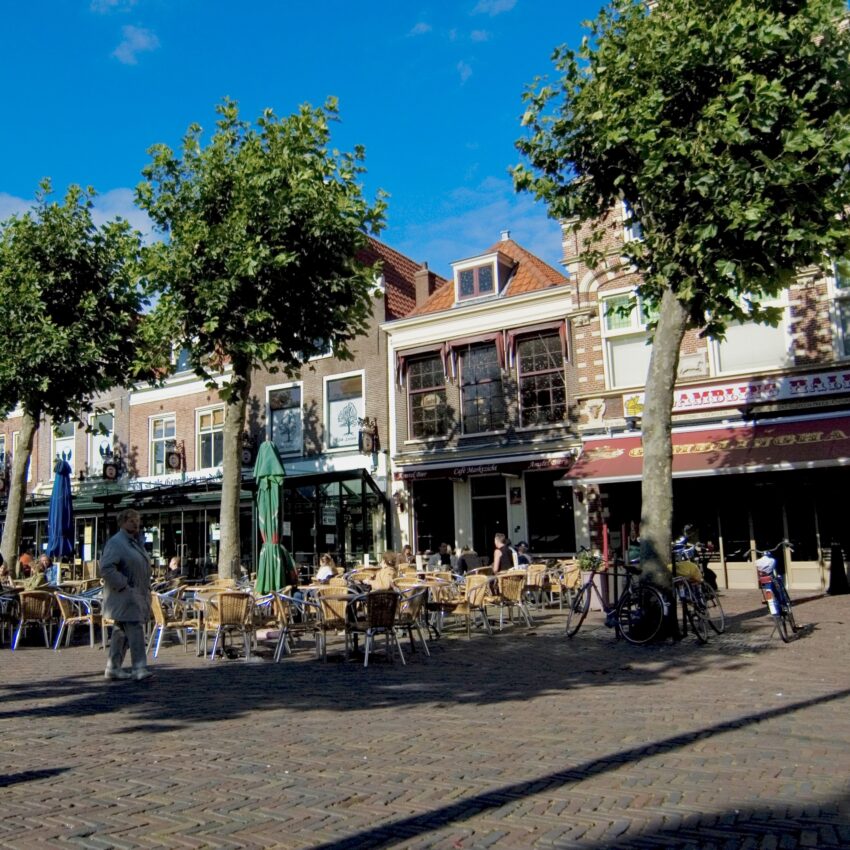Botermarkt | Haarlem (the Netherlands)
“The life of a public square forms naturally around its edge. If the edge fails, then the space never becomes lively.”
Christopher Alexander (1977)
In his 1977 work, “A Pattern Language”, Alexander introduces a practical language for shaping the built environment. Within this language, known as patterns, he outlines solutions to recurring problems. One such pattern, Activity Pockets (Pattern number 124), focuses on highlighting the corners of a square. People naturally tend to gravitate towards the edges of public spaces, but if these edges lack inviting places to linger, they become mere passageways.
Instead, by fostering activities along the square’s edges, it can be transformed into a more vibrant space. To facilitate such activities, the concept of “activity pockets” comes into play. An activity pocket is a small, semi-enclosed area situated at the square’s perimeter. These pockets feature various engaging elements that encourage pedestrians to pause and participate in square life. Examples of such activities include shops, cafes with outdoor seating, stands, as well as seating options like benches, walls, and fountains.
For the successful creation of a well-functioning urban square, it is recommended to incorporate these activity pockets along the edges, as exemplified in the Botermarkt in Haarlem.
